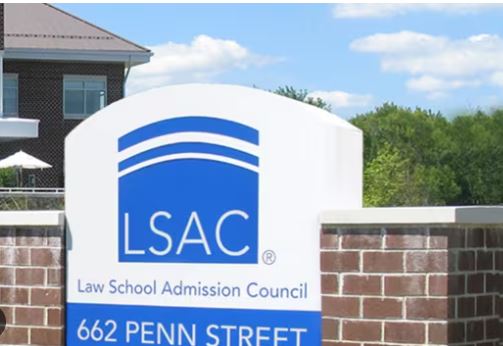
In the wake of the U.S. Supreme Court’s landmark decision in Students for Fair Admissions v. President and Fellows of Harvard College last June, which stirred concerns about its potential impact on minority student applications, recent data from the Law School Admission Council (LSAC) reveals a surprising and positive trend.
Increasing Diversity Across the Board
Contrary to apprehensions, the LSAC’s latest figures, released on Thursday, showcase a notable uptick in law school applications among students of color. Applicants from nearly all ethnic categories have experienced an increase, marking a shift that challenges the expectations set by the Supreme Court decision.
The LSAC updates its data daily, providing a comprehensive look at the evolving landscape of law school admissions. The data tracking enrollment year 2024 applications received through December 13 and enrollment year 2023 applications received through the same date in 2022 reveals a heartening surge.
Encouraging Trends Amidst Concerns
At the time of reporting, the LSAC report only indicates a slight decrease in Puerto Rican applicants, dropping from 623 to 617. However, the overall positive trajectory aligns with a four-year trend where applicants of color have steadily increased by approximately 1% yearly. Susan Krinsky, the Executive Vice President for Operations and Chief of Staff at the LSAC, expresses optimism, stating, “We’re delighted that the feared discouragement seems not to have happened.”
Slow Start, Strong Finish
Despite a slow start to the 2024 application cycle due to some law schools delaying the release of applications, recent weeks have seen the numbers catch up to previous years. The data suggests that more aspiring law students are applying to fewer schools.
Shifting Numbers and Landscape
For the 2024 enrollment year, applications to ABA-approved law schools have surpassed 27,000, reflecting a 3.7% increase compared to 2023. However, the total number of applications, exceeding 173,000, has seen a 3.5% decrease. Compared to 2021, this cycle witnessed a 1.5% dip in applicants and an 8% decline in applications.
Geographical Dynamics and LSAT Scores
Geographically, South Carolina stands out with a 30% increase in applicants, while North Dakota experiences a 40% decrease. The Mountain West region boasts a 9% surge in applicants, contrasting with the Midwest’s 9% decline. Notably, LSAT scores for 2024 have increased by approximately 2.3%, although the percentages of scores under 140 and over 165 have decreased.
Varied State Performances
Alabama witnesses the most significant decrease in applications at 21%, while Oklahoma leads with a 28% increase—the highest among states.
Anticipating Future Surges
As the LSAC report notes, only 43% of the final applicant count and 43% of the last application count from the previous year have been accounted for. Susan Krinsky foresees an additional surge in applications following the release of scores from the January test, citing a 13% increase in registrants compared to the previous year.
Don’t be a silent ninja! Let us know your thoughts in the comment section below.
















































